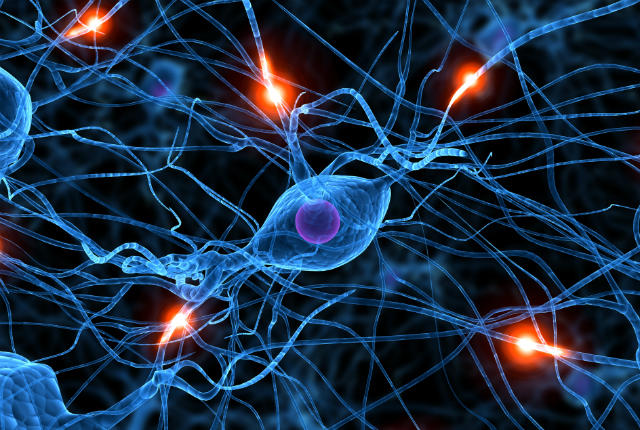
Tourette syndrome is a brain dysfunction that leads to involuntary motor tics, such as sniffing, blinking, or clapping. In about 10 percent of cases, it also leads to the spontaneous utterance of taboo words or phrases, known as coprolalia. Until recently, these tics were believed to be the result of a dysfunction primarily in a brain structure known as the basal ganglia—a brain region associated with voluntary motor control, which primarily uses the neurotransmitter gamma-aminobutyric acid (GABA) to function.
Recent studies of rat, monkey, and even human brains, however, has suggested that the tics stem from a more complex, system-level dysfunction that involves the cerebellum, the thalamus, and the cortex, which are all connected.To better explore these brain regions and their influence on Tourette syndrome, Daniele Caligiore, a researcher at the Institute of Cognitive Sciences and Technologies of the Italian National Research Council in Italy, and his colleagues created a computer-simulated model of the neural activity of a brain with Tourette syndrome. The results are published in PLOS Computational Biology.
“The model presented here is a first step of a research agenda aiming at building virtual patients, allowing us to test potential therapies by using computer simulations,” Caligiore tells mental_floss. This method can be performed at low cost, without ethical implications, and, he hopes, help develop “more effective therapeutic protocols, and suggest promising therapeutic interventions.”
Using a…
The post How Do Tics Develop in Tourette Syndrome? appeared first on FeedBox.